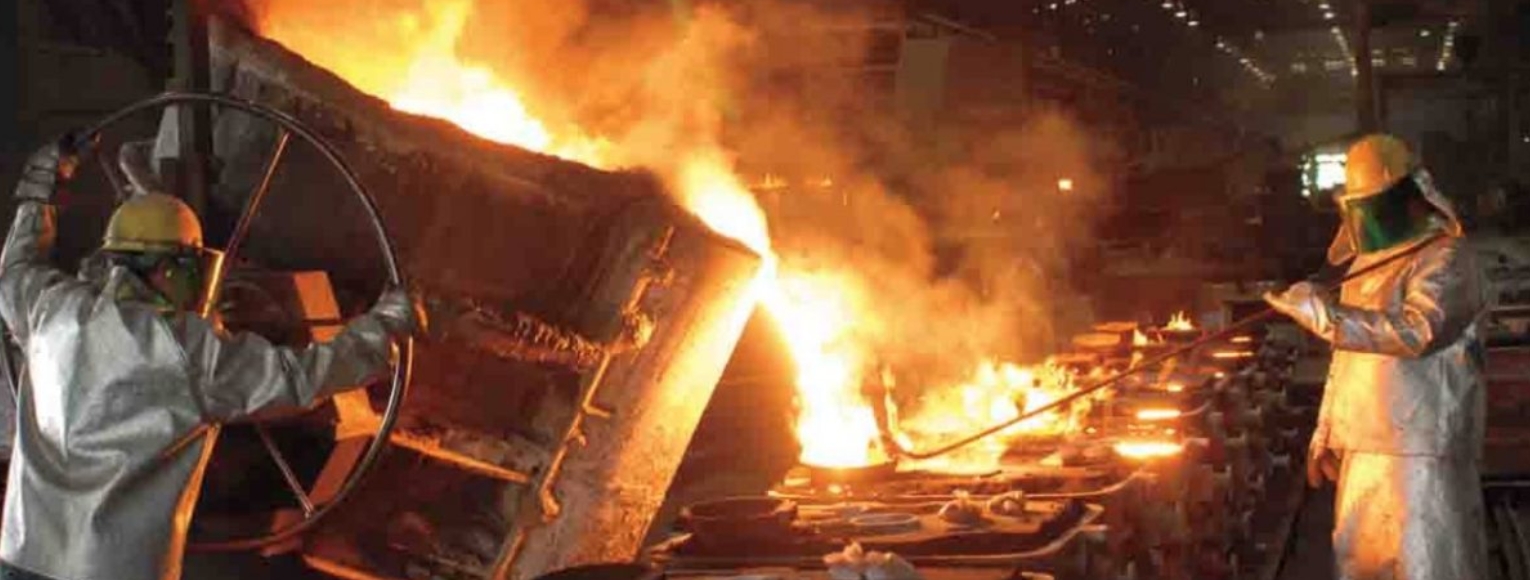
Navigating the complexities of the steel casting process involves understanding its various stages and the technical challenges each presents. Here’s a breakdown of the key steps and considerations:
- Design and Pattern Making:
- Challenge: Creating an accurate and detailed design that accounts for the intricacies of the casting process.
- Solution: Utilize computer-aided design (CAD) software to develop precise models and simulations. This helps in foreseeing potential issues like shrinkage, warping, or defects.
- Mold Making:
- Challenge: Ensuring the mold is robust and can accurately replicate the design without deformation.
- Solution: Use durable materials for the mold and employ techniques like sand casting or investment casting, depending on the complexity and size of the part.
- Melting and Pouring:
- Challenge: Achieving the correct temperature and composition of the molten steel to ensure quality.
- Solution: Employ controlled melting processes, like electric arc furnaces or induction furnaces, and conduct regular chemical analyses to maintain the desired steel composition.
- Solidification:
- Challenge: Managing the cooling process to minimize internal stresses, distortion, and defects like porosity.
- Solution: Use simulation software to predict how the metal will cool and solidify. Implement cooling techniques that control the rate of solidification.
- Removal and Finishing:
- Challenge: Removing the casting from the mold without damaging it, and achieving the desired surface finish and dimensional accuracy.
- Solution: Carefully plan the removal process and employ various finishing techniques like grinding, machining, and sandblasting to achieve the necessary specifications.
- Inspection and Quality Control:
- Challenge: Ensuring the final product meets all quality standards and specifications.
- Solution: Implement rigorous inspection procedures, including visual inspection, dimensional checks, and non-destructive testing methods like X-ray, ultrasound, or magnetic particle inspection.
- Environmental and Safety Considerations:
- Challenge: Minimizing the environmental impact and ensuring worker safety during the casting process.
- Solution: Adopt environmentally friendly practices, such as recycling scrap metal and using safer chemicals. Ensure strict adherence to safety protocols to protect workers from high temperatures, fumes, and other hazards.
- Cost and Efficiency Optimization:
- Challenge: Balancing cost-effectiveness with quality and efficiency.
- Solution: Optimize production processes through lean manufacturing principles, automation where feasible, and continual process improvement based on feedback and data analysis.
Each step in the steel casting process comes with its own set of complexities. Navigating these effectively requires a blend of technical knowledge, experience, and the use of advanced technologies. Continuous improvement and adaptation to new techniques and materials are key to staying competitive and producing high-quality cast steel products.
